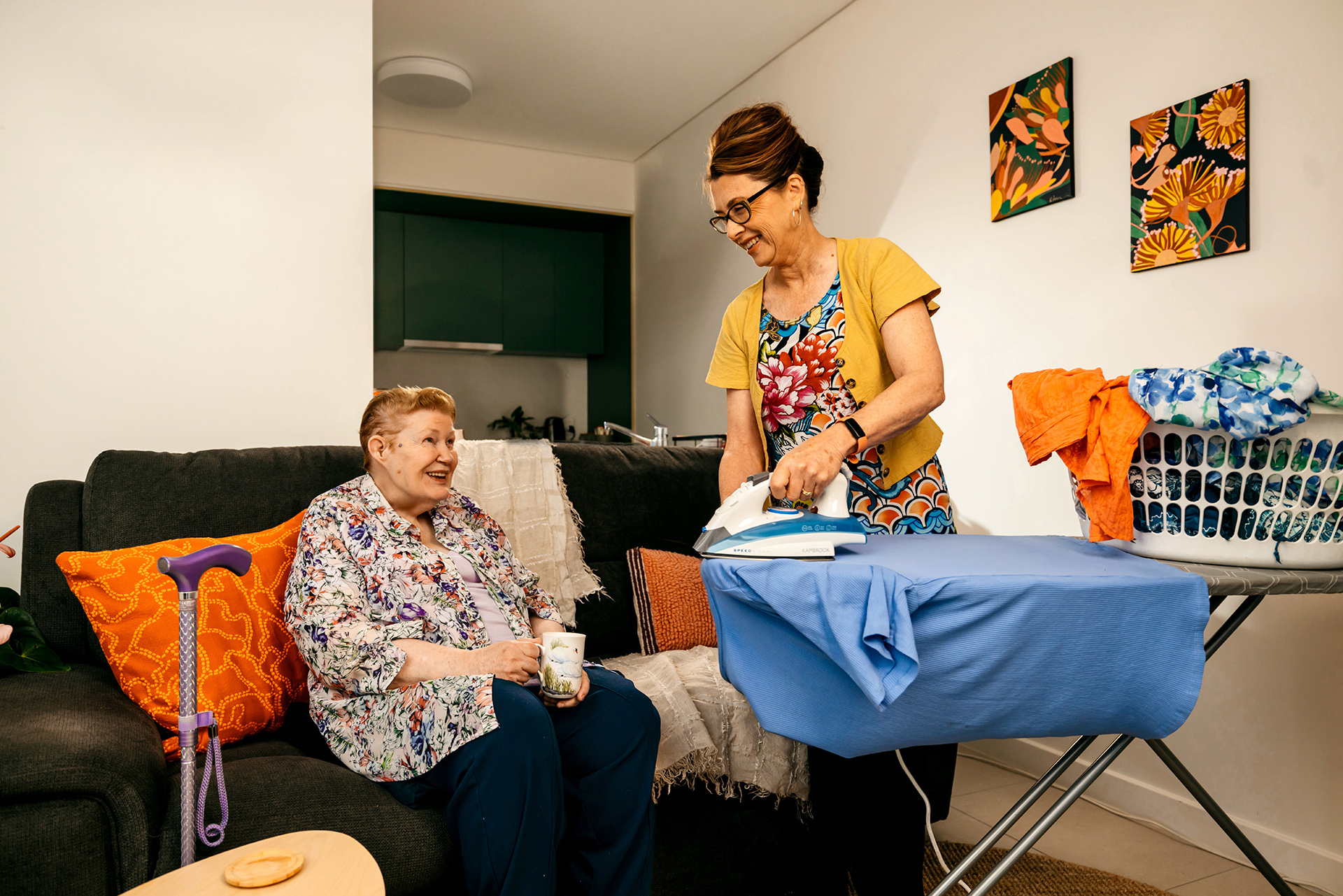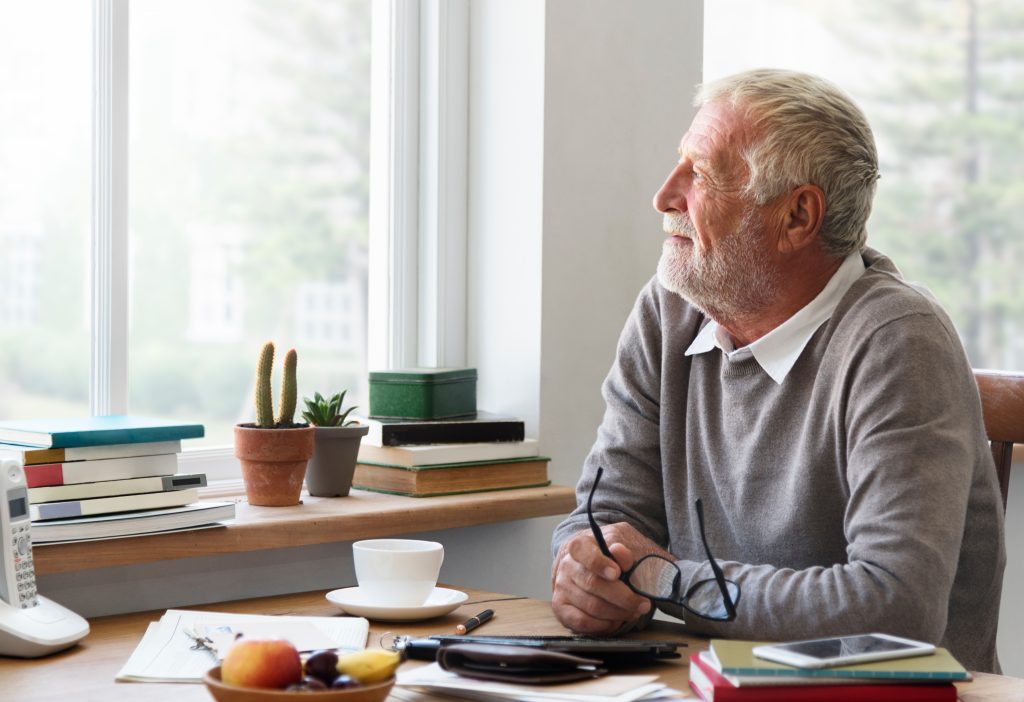Abuse of older people in Australia is a serious and insidious issue. Most of us tend to associate ‘abuse’ with physical abuse, but it can take many forms beyond that, such as psychosocial, financial, emotional and mental. A landmark study by the Australian Institute of Family Studies, published in December 2021 found that one in six older Australians aged 65 and over had experienced abuse.
The 2021 Elder Abuse Prevalence Study surveyed 7,000 older Australians aged 65 and over, living in the community, not in an aged care facility and found one in six reported experiencing abuse in the prior 12 months. Of those, 11.7% of participants reported experiencing psychological abuse, 2.9% reported neglect, 2.1% reported financial abuse, 1.8% reported physical abuse and 1% reported sexual abuse.
To raise awareness around this issue, on the 15th of June every year, World Elder Abuse Awareness Day (WEAAD) is observed around the world.
What is World Elder Abuse Awareness Day?
According to the International Network for the Prevention of Elder Abuse (INPEA), WEAAD aims to raise awareness of elder abuse (which encompasses neglect and mal- or mistreatment) throughout the world.
WEAAD began in 2006 as an initiative of the INPEA, a non-profit organisation founded in 1997 in Massachusetts, USA, dedicated to the global prevention of the abuse of older people. In 2011, the United Nations designated the 15th of June as the official day of international recognition.
What is elder abuse?
In Australia, an ‘older person’ or ‘elder’ is generally considered to be aged 65 or older.
Elder abuse is anything that causes physical, psychological, emotional, sexual or financial harm to an older person in a relationship where there is an expectation of trust. It can be something a person does, or neglects to do, and can be a single act or a repeated act, inflicted by a family member, friend, neighbour, paid caregiver or professional.
Types of elder abuse
The most common types of elder abuse are:
- Physical – Causing injury to or intimidating an older person. This can incorporate acts such as hitting, shoving, pushing, using restraints, and deliberately depriving the older person of food, water, sleep or shelter.
- Psychological/emotional abuse – Treating the individual like an infant, threatening them or lying about their condition, such as telling them they’re going to die. It can include yelling, blaming, isolating, ridiculing, ignoring, menacing or terrorising.
- Sexual – Sexual abuse can involve non-consensual and enforced sexual acts. It may also involve showing the older person pornographic material or forcing them to undress without their consent.
- Social – Isolating the individual and preventing contact with friends, family or the community is social abuse. Withholding their mail and phone calls cuts the individual off from outside communication.
- Financial – Financial abuse involves dishonestly taking or using the individual’s money, banking cards, vouchers or possessions. Forging the older person’s signature on documents and committing identity theft are more extreme versions of financial abuse.
- Neglect – Neglecting to provide the necessities of life such as food and water, safety, medical treatment and medications.
What does ‘ageism’ have to do with elder abuse?
‘Ageism’ is discrimination based on a person’s age and can involve stereotyping (how we think), prejudice (how we feel) and discrimination and mistreatment (how we act). Ageism comes from widespread social acceptance of negative attitudes and beliefs about the value of older people.
The widespread acceptance of these negative views can both justify abusive behaviour against older people and lead to overlooking the consequences that it has on older people. Because of deeply rooted ageism that prevails in our societies, we collectively fail to recognise elder abuse as a violation of human rights.
Warning signs that someone is experiencing elder abuse
There can be many different signs of elder abuse. Any expressions of fear, depression, anxiety or withdrawal could be signs of elder abuse.
Obvious physical signs of potential elder abuse include bruises, abrasions, burns, bleeding and dehydration. If psychological abuse is occurring, they may feel depressed, anxious, confused or show a lack of interest in activities they previously enjoyed. Changes in behaviour, rocking back and forth, and not answering the phone or the door may also be signs.
Signs of sexual abuse may include bruises, bleeding, sexually transmitted diseases and torn clothing, particularly underwear. The person may also demonstrate anxiety in the company of or proximity to the abuser.
Financial abuse may include unexplained bank account withdrawals and bills going unpaid. It can also be apparent through the older person not having enough money to buy food or pay for transport costs. Property transfers can also be a red flag indicating financial abuse.
Neglect often shows up in an individual’s physical appearance, such as messy hair, dirty clothes, skin conditions (like pressure sores) or noticeable weight loss. The person could complain they are hungry or thirsty, and their medical conditions may have worsened due to medication mismanagement. Wearing inappropriate clothing for the weather conditions and an unclean or unsafe living environment can also be signs.
The Australian Human Rights Commission offers this guide to identifying elder abuse.
How to get help for someone possibly experiencing elder abuse
Elder abuse is often hidden. People experiencing elder abuse may not talk about their abuse or seek help because they may feel ashamed, scared or guilty, or they may not identify what’s happening to them as abuse. They may cover up the signs due to fear of what might happen if anyone finds out. In any case, raising the topic may be difficult.
Fortunately there are good resources and assistance available.
- 1800 ELDERHELP – 1800 353 374
- 1800 RESPECT – 1800 737 732
- My Aged Care – Complaints around aged care
- Elder Abuse Prevention Unit Qld – 1300 651 192
- Ageing and Disability Abuse Helpline (NSW) – 1800 628 221
- Seniors Rights Victoria – 1300 368 821
- Elder Abuse Helpline Tasmania – 1800 441 169
- South Australian Elder Abuse Helpline – 1800 372 310
- WA Elder Abuse Helpline (Advocare) – 1300 724 679
- COTA Northern Territory – 1800 353 374
- In an emergency or life threatening situation, dial Triple Zero (000)
Helpful information resources include:
- The NSW Elder Abuse Kit
- Elder abuse toolkit for local governments (Vic)
- Elder abuse response kit (Vic)
- Australian Human Rights Commission
- Attorney General’s Department
FAQs
Any older person may experience elder abuse, however there are some clear risk factors. Some major contributors to elder abuse include social isolation, high functional dependence and cognitive impairment (e.g. dementia). Low income, disability, poor mental and/or physical health and living in a domestic violence situation can also contribute.
There are a number of factors that may increase or decrease the risk of perpetrating and/or experiencing elder abuse. To prevent elder abuse, the first step is to understand these factors.
- Listen to older adults and their caregivers to understand their challenges.
- Learn to spot warning signs of elder abuse, and more importantly, how these differ from the normal ageing process.
- Conduct regular check-ins with older adults who may have few friends or loved ones.
- Help older adults stay active in the community and maintain a wide array of social connections.
- Put legal measures in place such as creating an advance care directive or ‘living will’ and establishing an Enduring Power of Attorney.
Depending on the type, extent and seriousness of the abuse, elder abuse may be a criminal offence.
In many cases, forms of elder abuse are already considered crimes in most states of Australia. Conduct that endangers life, negligently causes serious injury, intentionally causes injury, assault, sexual assault, theft, and fraud, for example, are already crimes.
The ACT is the first state or territory in Australia to introduce a specific law against elder abuse. This was introduced in April 2021.
The available evidence suggests that most elder abuse is within families and is intergenerational, with mothers most often being the subject of abuse by sons, although abuse by daughters is also common, and fathers are victims too. However, an abuser may also be a neighbour, a friend or a professional carer. The defining factor is that the abuse which results in harm to an older person, occurs within a relationship where there is an implication of trust.
You might be interested in

New NDIS legislation: What it means
On 27 March, NDIS Minister Bill Shorten announced legislation that paves the way for NDIS reforms. Here’s what it means.

How Mable helps Anne live at home for longer
Meet Anne and her support worker Margaret. Discover how Anne can stay at home for longer through the support she receives on Mable.
